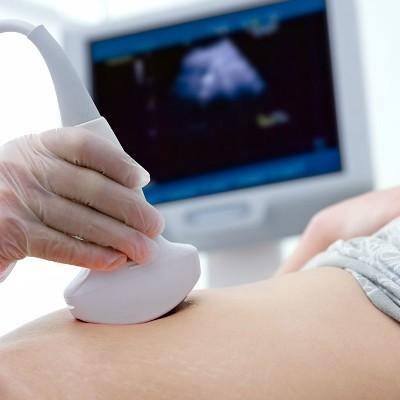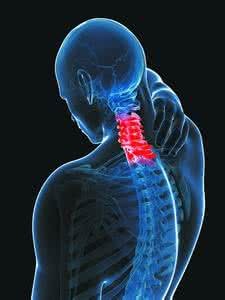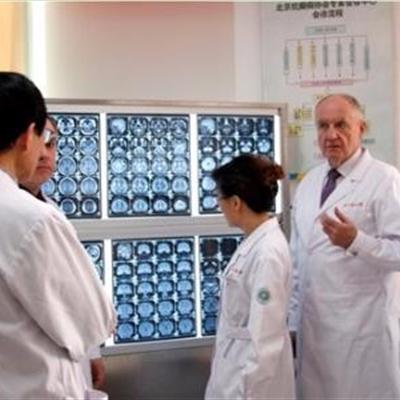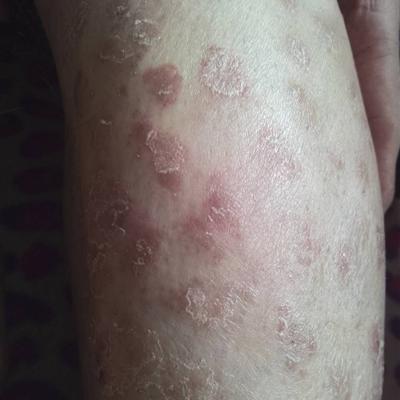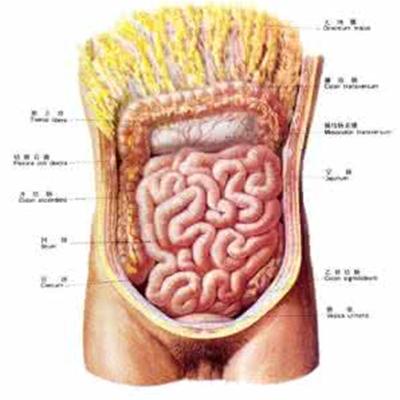Symptoms of vascular urticaria?
summary
Urticaria vasculitis is a new immune complex disease. Its etiology and pathogenesis are extremely complex. Dermal vascular endothelial cell swelling, there are more neutrophils around the blood vessels, nuclear dust and red blood cell overflow can be seen, mainly showing dermal vascular endothelial cell swelling, there are more neutrophils around the blood vessels? Let's talk about it
Symptoms of vascular urticaria?
This disease is more common in middle-aged women, the onset age is mostly between 30 and 40 years old, often accompanied by irregular fever, sometimes up to 38-39 ℃. The main characteristic of the skin is wheal, which is very similar to urticaria, but the wheal lesions last for a long time, often 24-72 hours, or even several days; They felt itching or burning; There is infiltration in the air mass, and sometimes punctate hemorrhage can be seen in the lesion; A few cases had blisters but no necrosis; Pigmentation or desquamation remains after the damage subsides
The disease is often accompanied by joint pain and arthritis, mainly in the joints of the limbs, sometimes joint swelling can also have abdominal discomfort, lymph node enlargement and other late renal damage, a few cases can occur epilepsy, meningitis and unilateral optic neuritis and other vasculitis, urticaria is often the early symptoms of dermatomyositis, allergic vasculitis and SLE, so we should closely observe the course of disease
The main clinical manifestations were skin wind mass lasting more than 24 hours; With fever, joint pain, abdominal pain, etc; Lymph node enlargement; The serious cases may have renal damage. Laboratory indexes: dermal vascular endothelial cell swelling, more neutrophils around the blood vessels, nuclear dust and red blood cell overflow, fibrinoid degeneration on the vessel wall, rapid erythrocyte sedimentation rate, severe and persistent hypocompleminemia; Histopathological examination showed leucoclastic vasculitis, and direct fluorescence examination showed Ig and complement deposition in and around the vessel wall
matters needing attention
Because the cause of the disease is unknown, there is no effective preventive measures. It is reported that the disease is caused by allergic reaction, so it should be strictly checked. Once it is confirmed that it is caused by allergens, the allergens should be removed immediately and avoid re contact with allergens. At the same time, proper exercise should be taken to improve the body's immunity and improve the allergic constitution.


